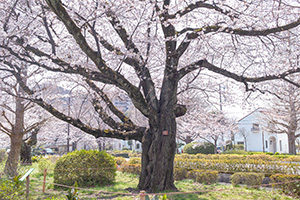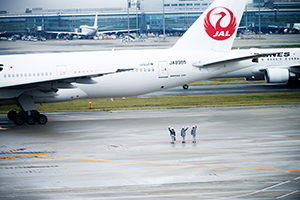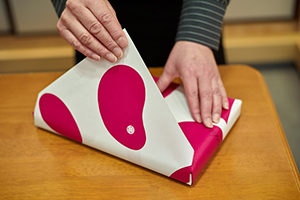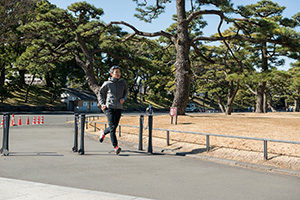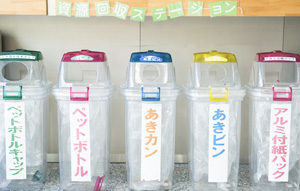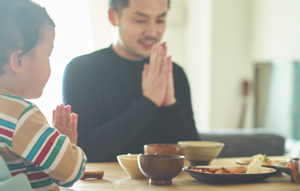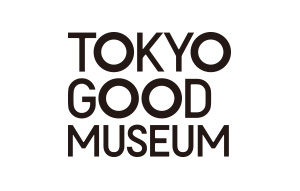Culture and Spirit that Japanese Traditional Sweets Express
How Uniquely Japanese Confectionary was Born
Japanese confectionary craftsmen make their confectionary one by one while enjoying the fresh air in the early morning. At the shop, those colourful unbaked sweets entertain customers’ eyes as well as their appetites each season. It is said that Japanese confectionary, which was made to express the four distinct Japanese seasons was established in the Edo Era. In ancient times, the word “Kashi (confectionary)” meant nuts and fruit, so Mochi (sticky rice cakes) and Dango(dumplings) which are made from rice, millet and Japanese barnyard millet were also considered as Kashi. However, under the influence of Chinese confectionary that came into Japan around the time of the Asuka and Heian Era and Western European confectionary such as Castella and sugar plums, which were brought into Japan from Portugal between the end of the Sengoku Era and the beginning of the Edo Era, Japanese unique confectionary was established in the Edo Era while Japan was completely shut off from the outside world.

Japanese Confectionary Loved Since the Edo Era
The unbaked confectionary “Azalea between rocks” is sold at Toraya in May and we can find this confectionary in a historical document created in 1800. The red finely minced bean paste looks like azalea in bloom between the rocks. We can also find the name of a type of confectionary called “Village in Ide” in the records made in 1694 and it is recorded as Saogashi (long rectangular, cylindrical or triangular shaped confectionary), however, currently it is a spring confectionary made from Kinton(mashed sweet potatoes). The cooking tools that craftsmen use to make “Village in Ide” are a sieve, a pair of chopsticks and the palms of their hands only. Mr. Machida who has been a Japanese confectionary craftsman for 35 years says that making confectionary made from Kinton is the most difficult. To be able to cover the minced bean paste all over the confectionary, it is very important that you create the shape accurately and quickly and it requires years of practice and experience. “Azalea between rocks” and “Village in Ide” are the confectionary, which has been made for a long time, but what current craftsmen refer to as confectionary came from a Confectionary Sample Book created in 1918. However, the only record found in the book is the name and the design of confectionary. Therefore, how to make the confectionary was always passed on from generation to generation.
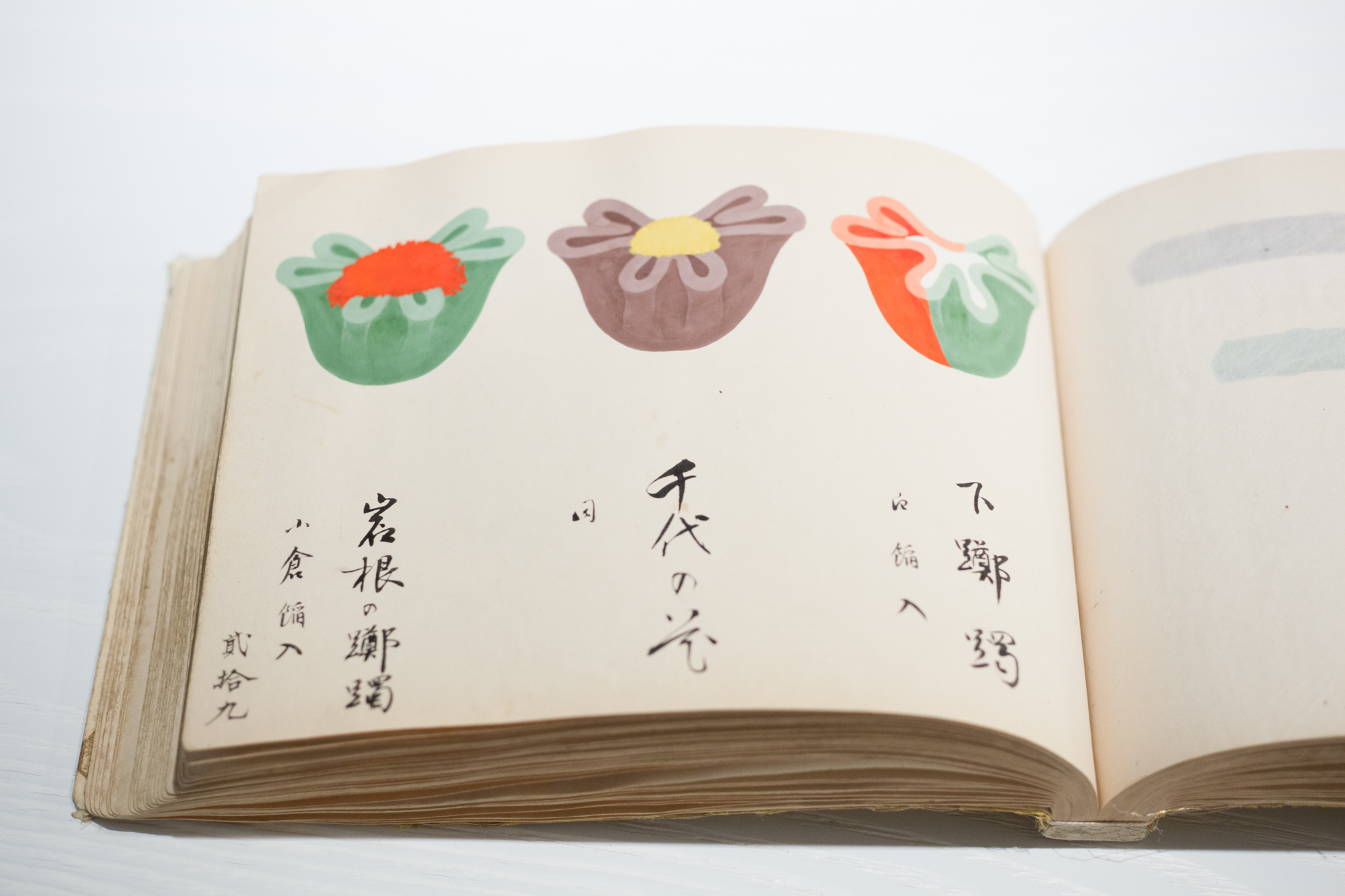
Gifts that Connect People’s Hearts
Toraya, the Japanese confectionary maker founded in Kyoto at the end of the Muromachi Era, used to make confectionary for royal families during the reign of Emperor Goyozei (between 1586 to 1611). In 1869, as the capital of Japan was changed from Kyoto to Tokyo, Toraya expanded to Tokyo. In 1980, they opened a shop in Paris. They introduced Japanese confectionary and Japanese bean paste as a part of the Japanese diet to French people who had never eaten sweetly cooked beans before. However, what Japanese confectionary teaches us is not only Japanese culture, but also the role which confectionary plays in gift giving, which is a bridge to connect people’s hearts. It is said that giving confectionary as a gift is a custom started among the nobles in the Heian Era and this custom was practiced among commoners in the Edo Era when the amount of sugar being imported increased rapidly. In a time when sugar was a valuable item, giving confectionary to others was considered a form of respect and care to them. Even now, giving confectionary as a gift or souvenir is one of the communication tools among Japanese people. Japanese confectionary is the size of the palm of a hand. However, that small piece of confectionary has been playing a role to show Japanese GOOD manners and culture.

*Normally Japanese confectionary craftsmen wear a mask and gloves when they make confectionary. We requested them to remove them for the photo-shoot.
DATA
| When did it start? | Toraya was founded at the end of the Muromachi Era. We can find the record that they had been making confectionary for royal families at the reign of Emperor Goyozei (1586 to 1611) in “Appendix for Merchant’s Access in Kyoto Imperial Palace”. |
| Where can we see it? | At Toraya shops all over Japan. Outside Japan, there is a shop in Paris. |
| The most suitable time of the year or the day? | You can enjoy the transition of the seasons as they change the repertoire of seasonal confectionary once a month. |
| Data related to this topic: | Average yearly spend per family on Japanese confectionary: ¥11,568 (Data from “Family Income and Expenditure Survey in 2016”, conducted by Ministry of Internal Affairs and Communications) |
In cooperated with: Toraya Confectionery Co. Ltd.


